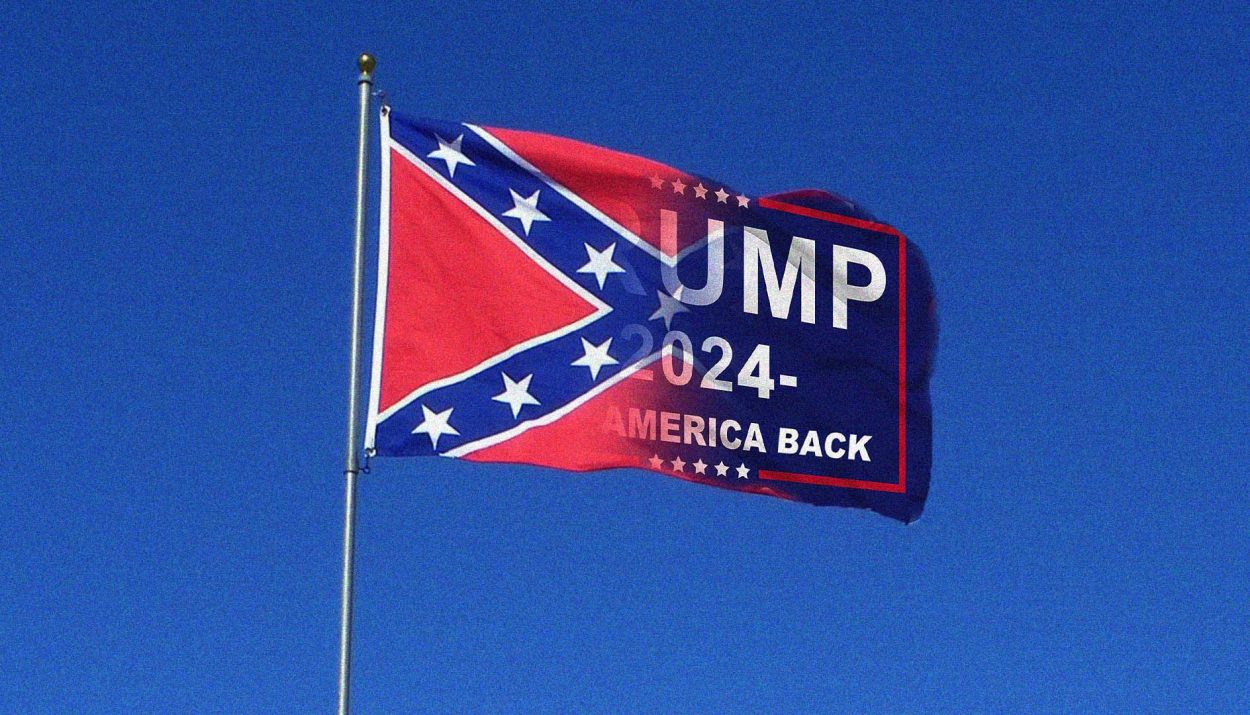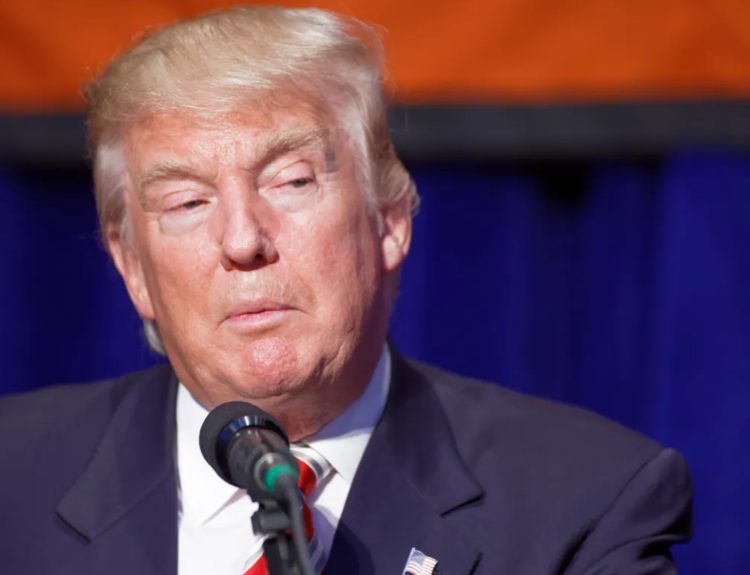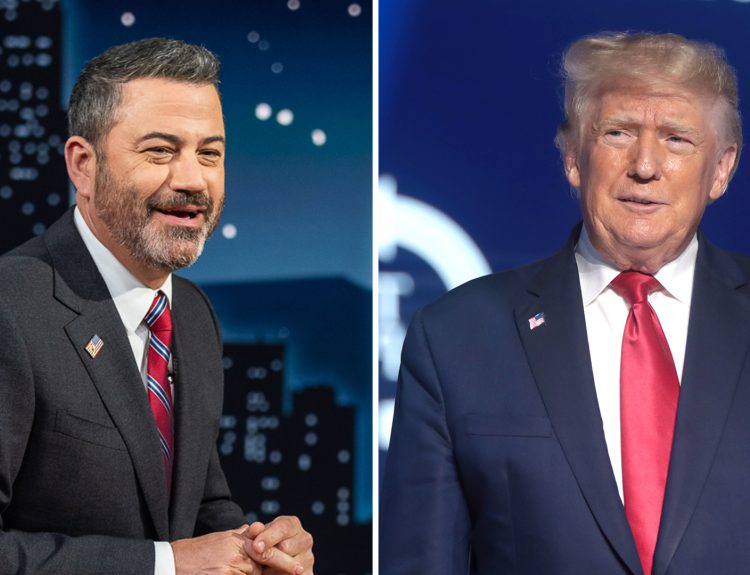More than three years after the January 6 riot that ended in armed insurrectionists storming the United States capitol, there are many in Congress who are still pushing the line of rhetoric that led to the insurrection in the first place. More than 100 sitting members of Congress are active election deniers, and it’s not a surprise when you look at where many of them are from.
The South Has a History of Revision
The southern United States has an unfortunate history of engaging with revisionist history, rather than events as they actually happened. The most obvious example of this is, of course, the Civil War.

For years, Southerners have claimed that the Civil War was simply about states’ rights, rather than about slavery. This is a line that plays well in Southern states, where to modern day, there are still white supremacy groups that hold rallies and the battle over the Confederate flag is ongoing.
The Civil War Was Not, In Fact, About State’s Rights
Of course, the line that the Civil War was about “states’ rights” is a historic. The dividing line between Northern and Southern states during the civil was was, and always has been, about the ability to own and work slaves.

There was economic motivation for the South to continue trading slaves that cannot be ignored. The Southern economy largely relied on agricultural output for its GDP, and that included cash crops such as tobacco, cotton, sugar, and indigo.
The South Thrived Under a Slave System
These crops are all intensive in the amount of manpower they require to produce them, which led to the South importing more and more slaves in order to work the plantations that boomed in the early nineteenth century.
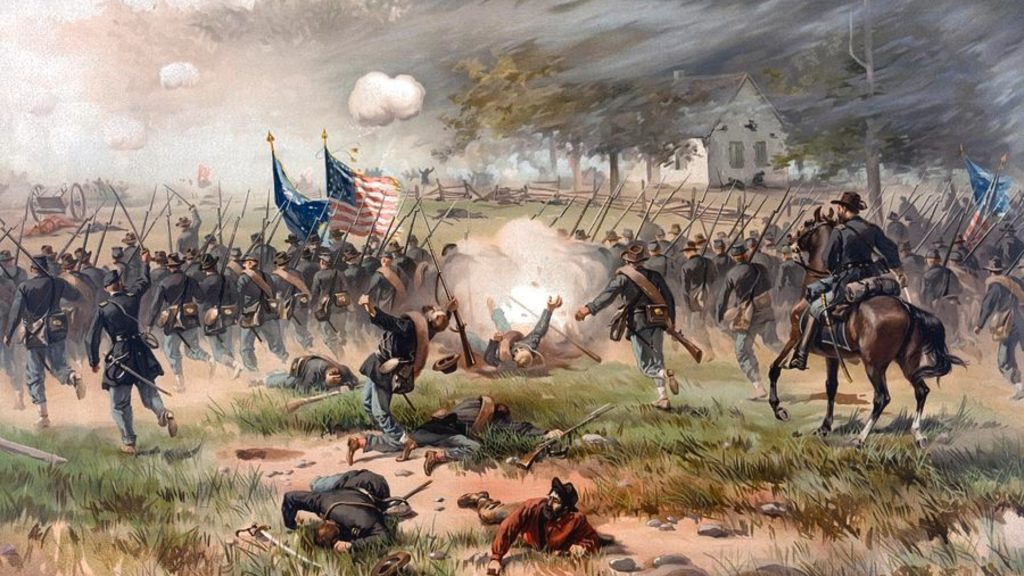
The Abolitionist movement caused a problem, especially as it gained steam in Congress. By the onset of the Civil War, the South would have had the world’s fourth largest economy as far as GDP and economic output, and the majority of that economy was powered by slave labor.
Slavery Was the Reason – Read Their Own Words
The motivation to continue holding slaves was clear, and that becomes apparent when the primary secession documents are examined. In 6 of 11 Confederate states, slavery was listed as the primary reason behind seceding from the Union, and in Texas alone, the institution of slavery is mentioned more than 20 times.

Those who claim that the civil war was about anything less than the Southern state’s right to own slaves are not only making a bad faith argument, but they are engaging in revisionist history. To this day, it’s a common talking point that the Southern states simply wanted to be able to run their own country the way they wanted to, without addressing the operative point.
Division Exists to Modern Day
Unfortunately, that is a pattern that has extended into political issues today, and Donald Trump as president did a great deal to push that further divide. This divide is shown not only in the rhetoric that he constantly spouted in interviews, press conferences, and rally’s, but also in his reactions to major economic and political events.

In 2017, a group of far-right protestors and neo-nazi white supremecists gathered in Charlottesville, Virginia for a protest that turned violent. The “Unite the Right” rally included individuals who were alt-right, neo-nazis, neo-fascists, white supremacists, and Klansmen, and they carried various symbols of hatred including the Swastika and the Confederate flag.
Charlottesville Was a Horrifying Day
The rally turned violent when an attendee took his car and decided to ram it into a crowd of counter-protestors who were there working against the Unite the Right crowd. 35 people were injured as a result of the violent actions of the Unite the Right attendee, and one person ultimately died.
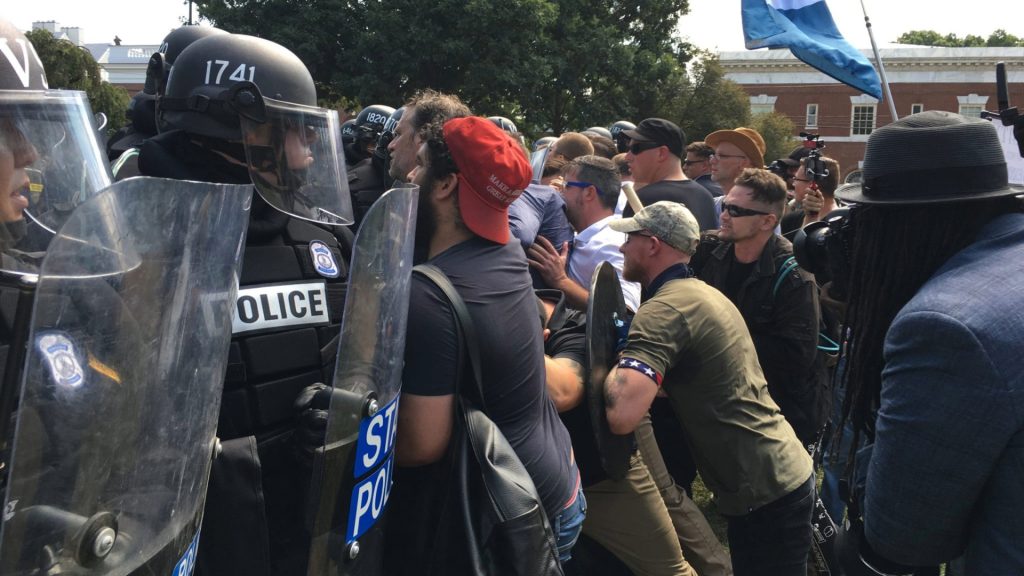
Donald Trump’s response to the Unite the Right violence was less than adequate, with him famously saying that there were “good people on both sides.” This appears to be an attempt not to alienate the far right, many of whom supporting his bid for election in 2016.
Trump Thrives on Division
The famous “both sides” argument has been used in political speeches and campaigns ever since Donald Trump uttered the words. The attempt to paint both sides of an issue as having valid points is an old one, often used to discredit individuals who are trying to make a point about racism or other inequality.
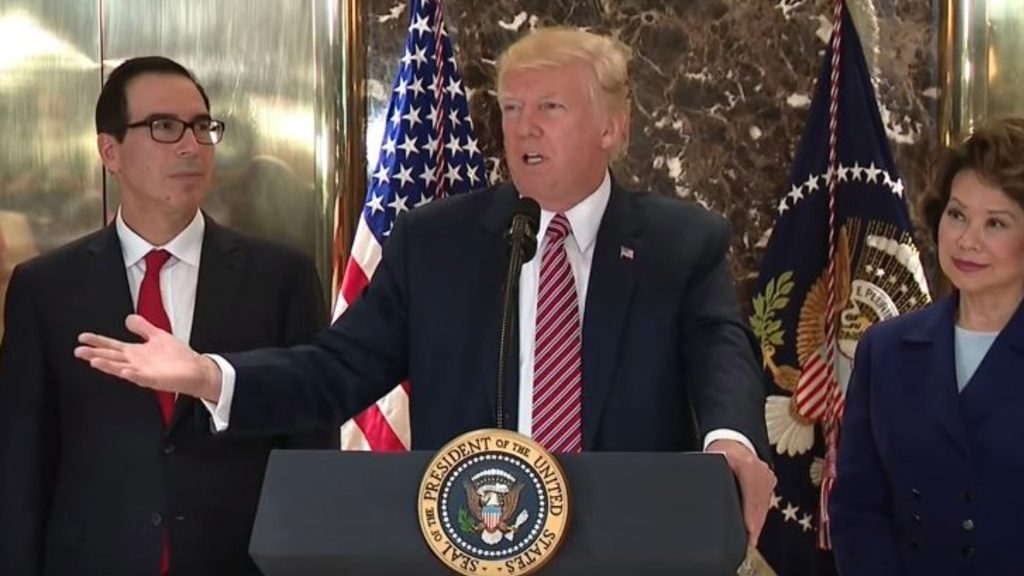
The Charlottesville incident is not the only time that Trump inadvertently – or perhaps deliberately – drove wedges between two sides of the political and ideological spectrum with his rhetoric, either. Of course, the most famous example of this is the January 6 insurrection, but his actions during the COVID-19 crisis paint a stark picture as well.
Trump Fostered Division Through Public Health
Throughout the COVID-19 crisis, Trump went out of his way to discredit health officials in his own administration who were trying to provide guidance on how to handle an unprecedented crisis. Many of his own followers took after the Trump rhetoric, claiming that they ultimately knew better than the scientists who were trying to guide a nation.

This led to a sharp divide between individuals who, for instance, believed that mask wearing was an impingement on their rights, and those who believed that it was the least that could be done for public safety. Trump further fostered the divide ahead of the 2020 election, all the while increasing his political rhetoric that would ultimately lead to the most significant conflict of Trump’s presidency: the insurrection.
Trump Planted Seeds For Months
During the entirety of Trump’s political campaign ahead of the 2020 election, he spent his time doing one of two things. Slamming Joe Biden – for his age, for his politics, for his history as a senator – and planting seeds of doubt in his followers regarding the legitimacy of the election.
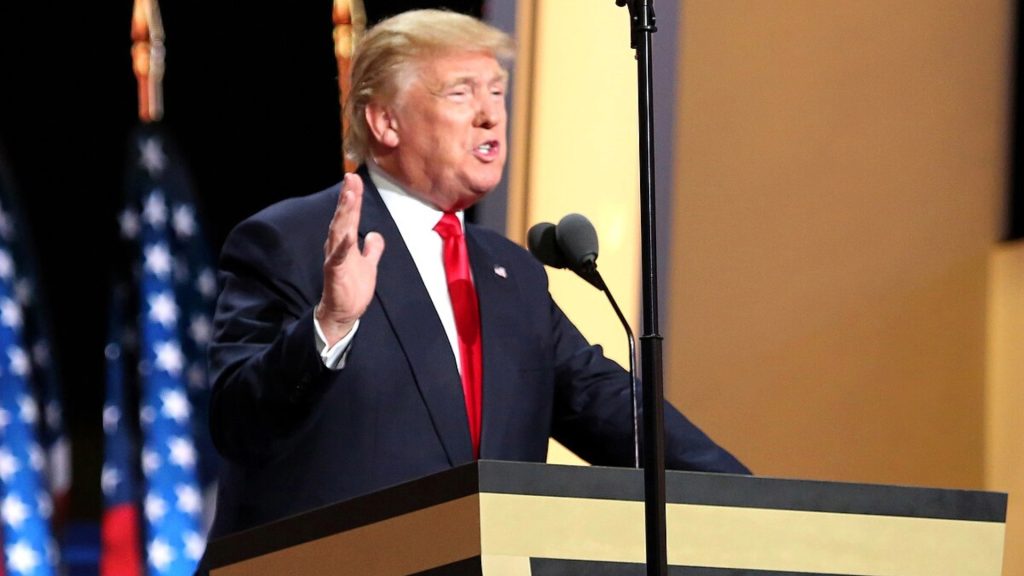
Throughout the campaign, Trump made comments to his followers regarding the legitimacy of the election that put the ultimate result in doubt, but only if he didn’t win. He claimed that if he didn’t win, it was clearly because the other side had cheated, that Joe Biden had rigged the election somehow, and it was a line of rhetoric that his followers absorbed readily.
Trump’s Election Night Speech
The rhetoric continued up to the very night of the 2020 election. When the results were not clear at the end of the night, Joe Biden reassured his supporters that the counting process was slow so that it could be accurate, and that they would have answers as soon as they were confirmed.
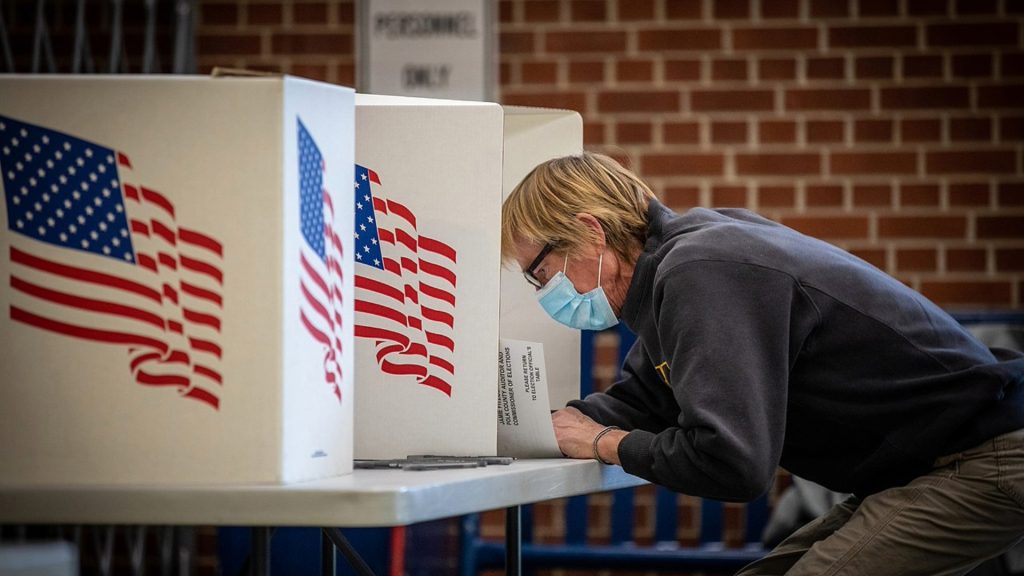
Trump took a different tactic. Without evidence, he claimed that he had already won the election – though there were still several crucial states who were counting their ballots. It was a line that his supporters wanted to hear, and one that members of Congress continued to push in the weeks following the election even after the results had been finalized by the states declaring Joe Biden the winner.
Lawsuits Were Filed, Lawsuits Were Lost
The rhetoric made its way into Congress and the legal system over the weeks and months following the election. Even after Joe Biden had been formally declared the winner, challenge after challenge to the election in various swing states popped up. Nevada, Pennsylvania, Georgia, Wisconsin, they all saw electoral challenges that were ultimately denied.
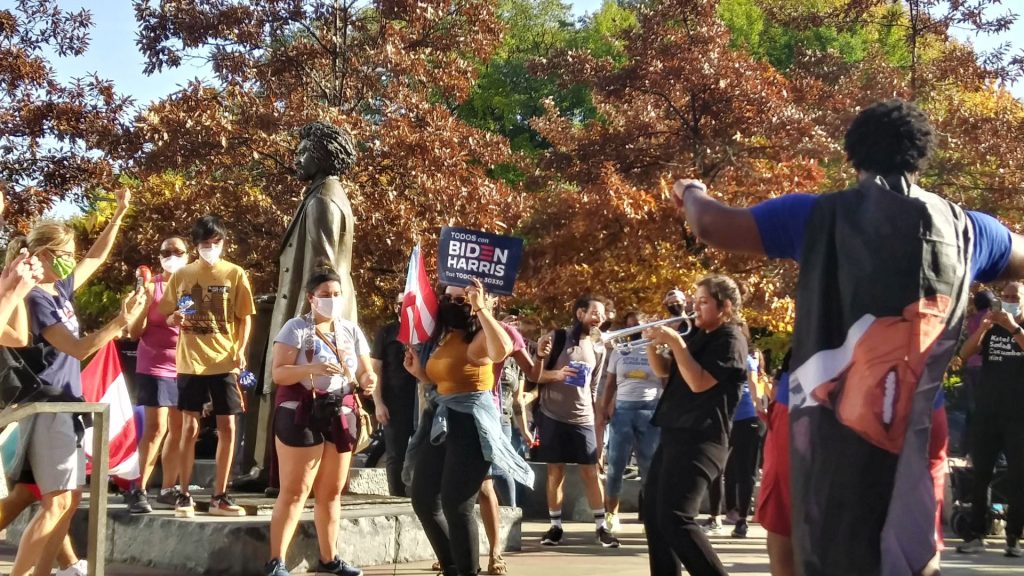
Over sixty lawsuits were filed and ultimately lost by Donald Trump and his campaign over the alleged “legitimacy” of the 2020 election. Trump’s supporters in Congress helped him with the campaign to sow doubt about the election, which is one of many factors that led to the events in January of 2021.
The Constitution is Clear
The Constitution of the United States declares that elections are certified by the United States Congress on January 6 following an election year, and Congress met on January 6 of 2021 in order to engage in their Constitution duty. Then Vice President Mike Pence presided over the proceedings, as is his Constitutional duty to do so.
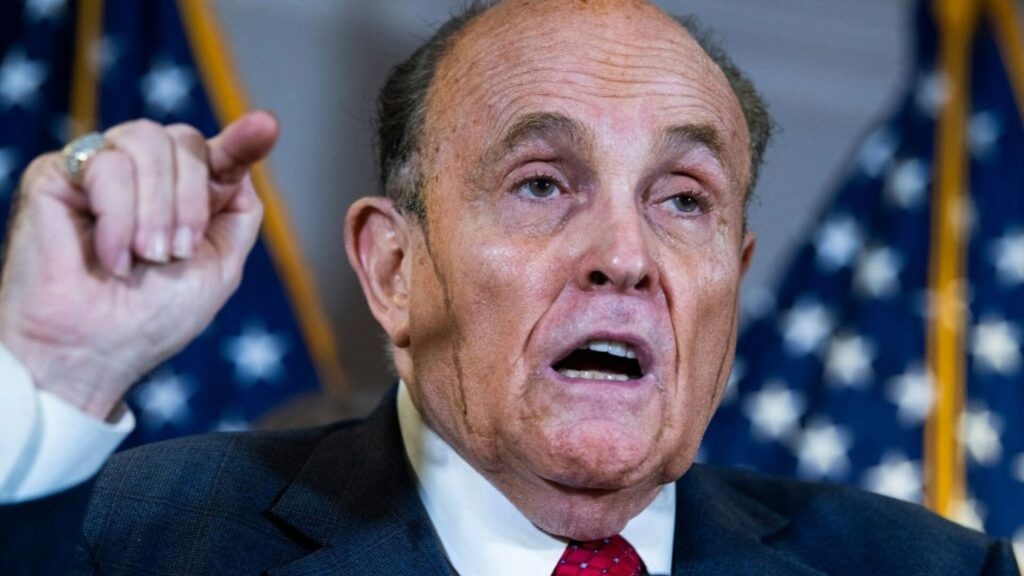
This is standard procedure, but in 2021, there was an additional element. A protest outside the Capitol had been gathered in Donald Trump’s name, and they were there to protest the legitimacy of the election results and delay the certification of the election until the deadline of January 6 had passed.
“Protestors” Outside the Capitol
While Representatives and Senators inside the capitol were launching their baseless objections against the certification of the election, outside the capitol there were neo-nazi protestors, neofascists, members of the Proud Boys, and all other manners of proto-fascist and far right individuals who believed it was their right to interfere with the certification of the election.

The proceedings quickly grew violent, with some members of the crowd chanting “Hang Mike Pence” for what they believed was disloyalty to Trump. The capitol police who were manning the building and keeping an eye on the crowd were quickly overwhelmed, and the “protestors” stormed the capitol building.
The Election Was Ultimately Certified, Thankfully
It took hours for the capitol police to remove the protestors who made it into the building, and even longer than that for Congress to regain order enough to continue the certification of the election. Ultimately, the Big Lie didn’t prevail in preventing the certification of a legitimate election, but it came too close for comfort.
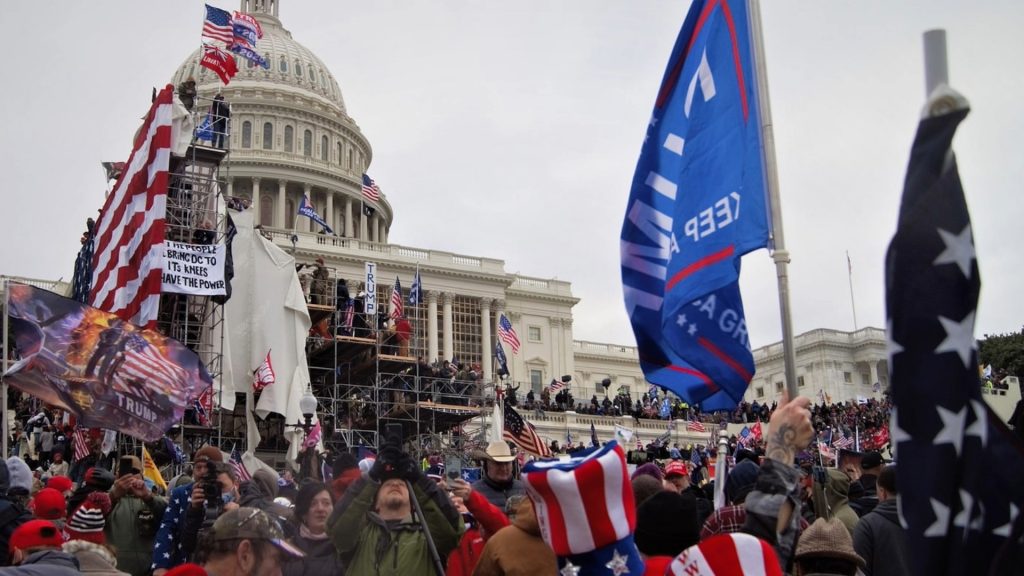
Many of the protestors who were at the capitol that day have been arrested and charged with crimes regarding their actions that day, as they should be. But what’s more concerning than the everyday citizens who were there protesting in support of a man who continues to lie, are the representatives who are still in Congress who continue to push said falsehood.
Election Deniers Continue to Run For Reelection
A recent graphic released by The Washington Post reveals that of 147 members of Congress who pushed the Big Lie, 117 of them are running for reelection again. This is after Trump was impeached for his actions before, on, and following January 6, and after Trump has been federally indicted on felony charges regarding the insurrection.
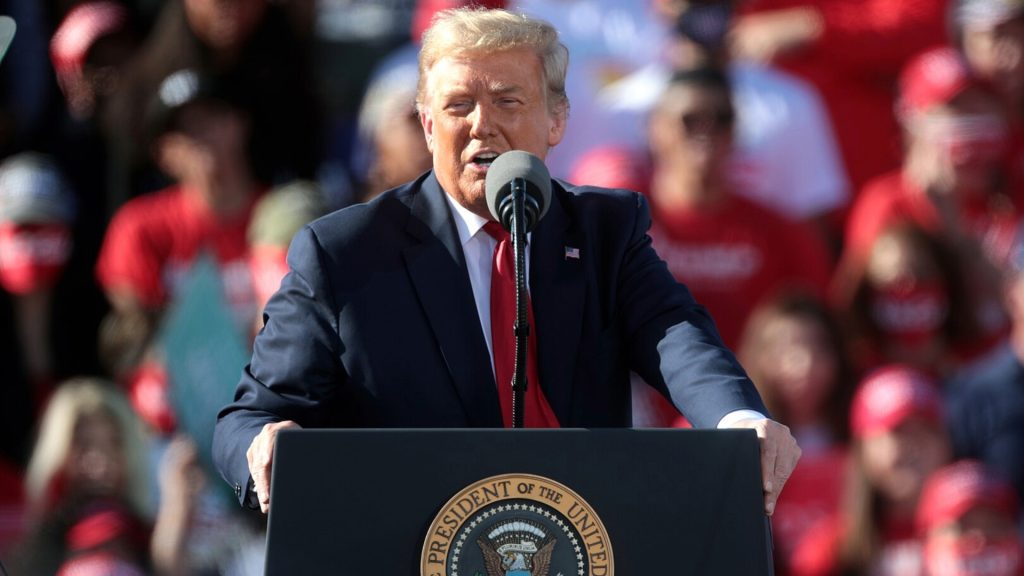
While there are election deniers from all over the country, of the 117 who are running for reelection in 2024, the vast majority are from the South. This follows the Southern pattern of denying history, no matter the evidence that is provided to the contrary.
Biden Pushing Back Against Trump
This is a line of reasoning that Biden has been following recently as he ramps up his campaign ahead of the 2024 election. In interviews, he has bluntly called Trump a loser, explaining that he believes we are living in the era of the second lost cause.
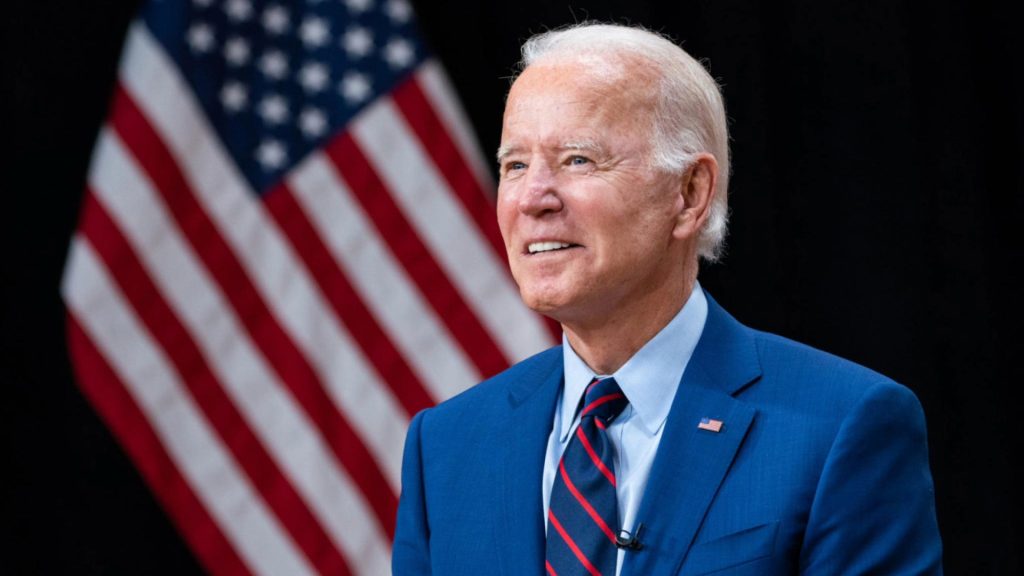
Of course, this is in reference to the civil war, and those who still claim that the war was about state’s rights, rather than about slavery. The switch in reasoning has already been seen regarding the January 6 Insurrection, with deniers claiming that it was merely about election integrity, not overthrowing the government or denying the Constitution.
Some People Will Believe a Lie, No Matter What
It seems that no matter how many lawsuits are filed and lost, or how many insurrectionists are found guilty, there will always be some who believe Trump’s lies. This is a bubble of delusion that is unfortunate, but ultimately cannot be changed by hope or mere fact.
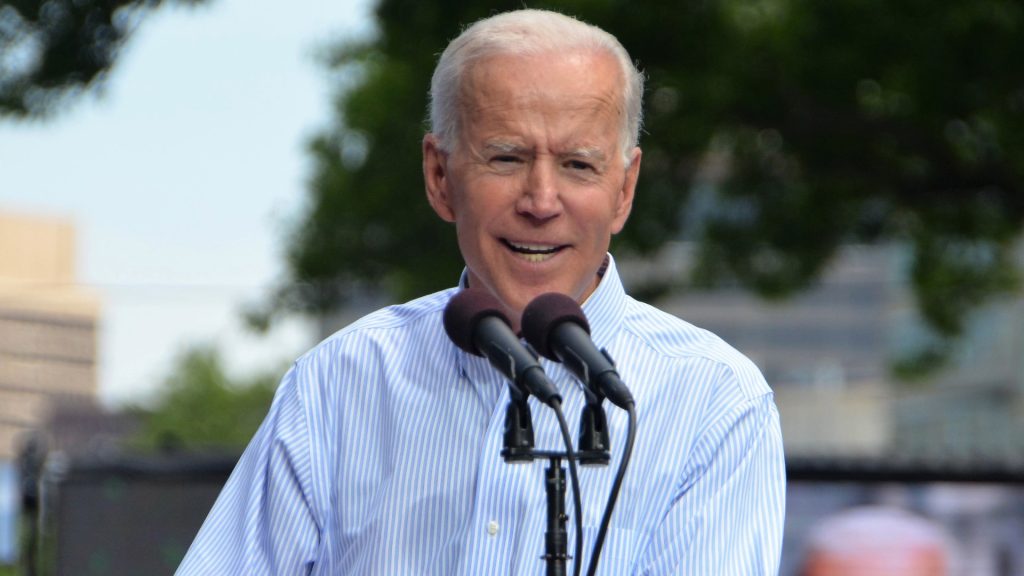
Reinforcing the truth with fact and evidence is all that can be done in the face of those who continue to claim that the 2020 election results are in question. For those individuals who are currently sitting members of Congress, many of them are up for election this year which means it’s time to put your vote to work.

